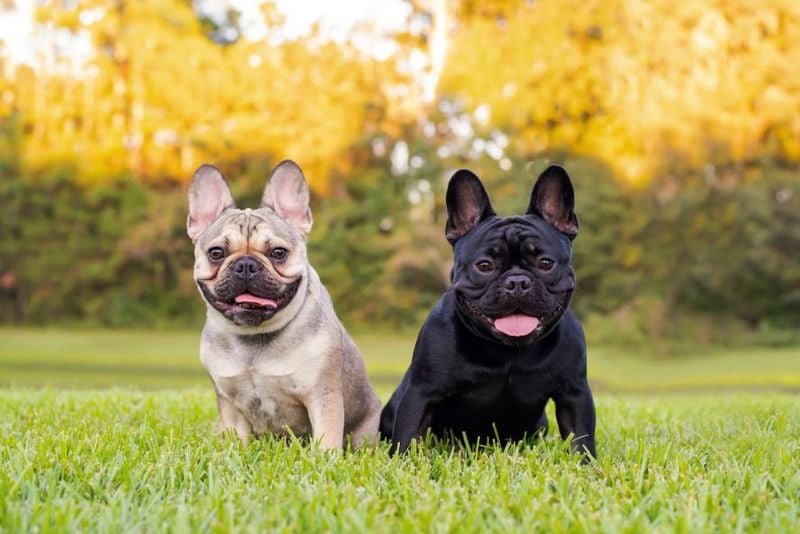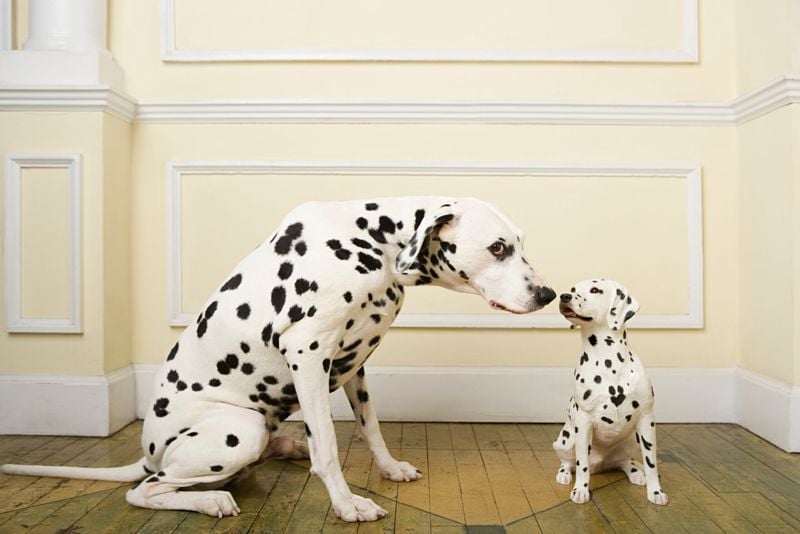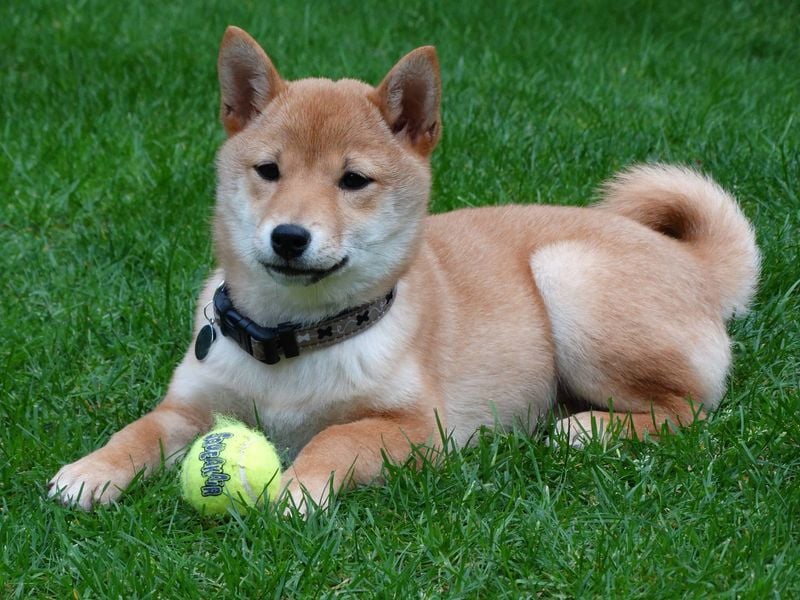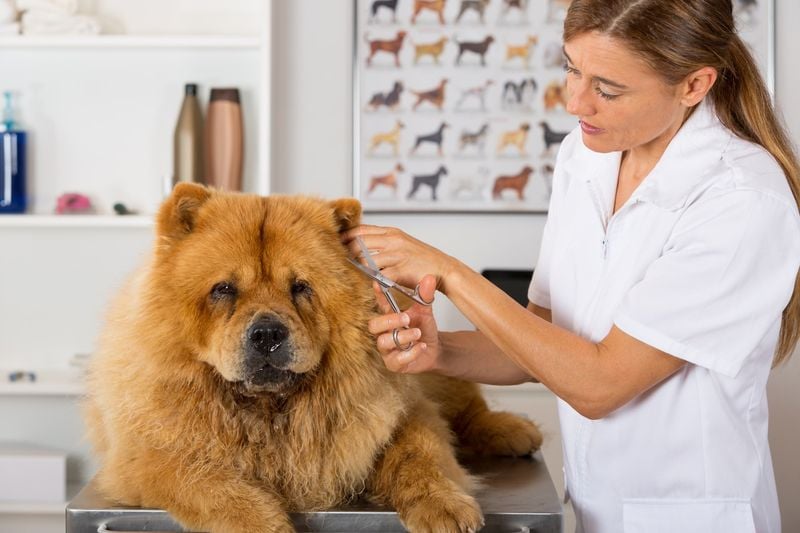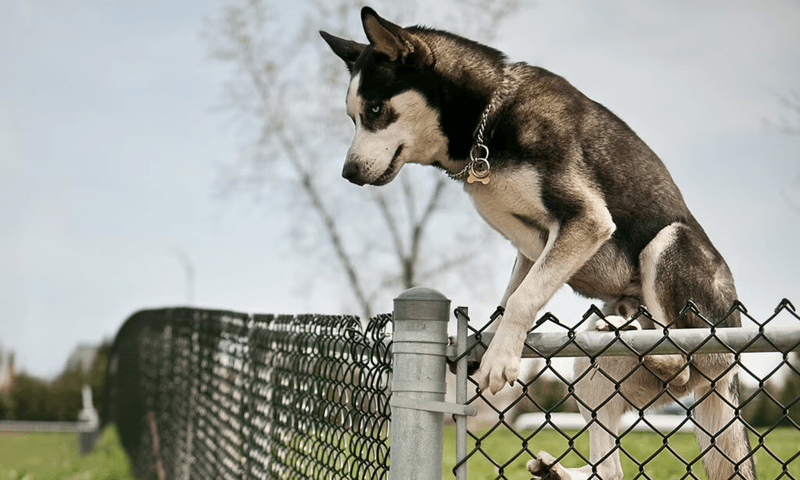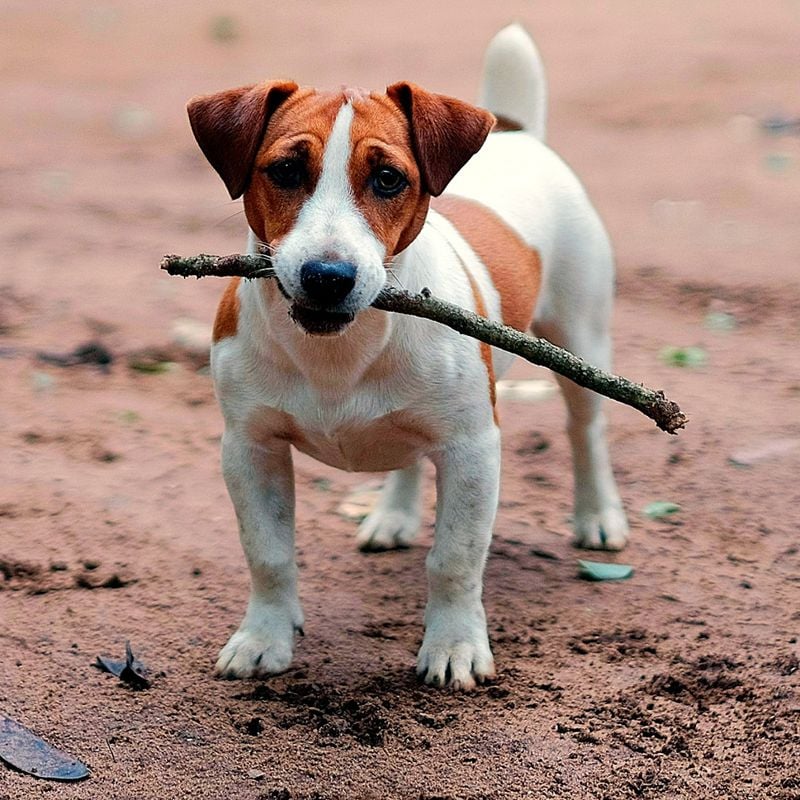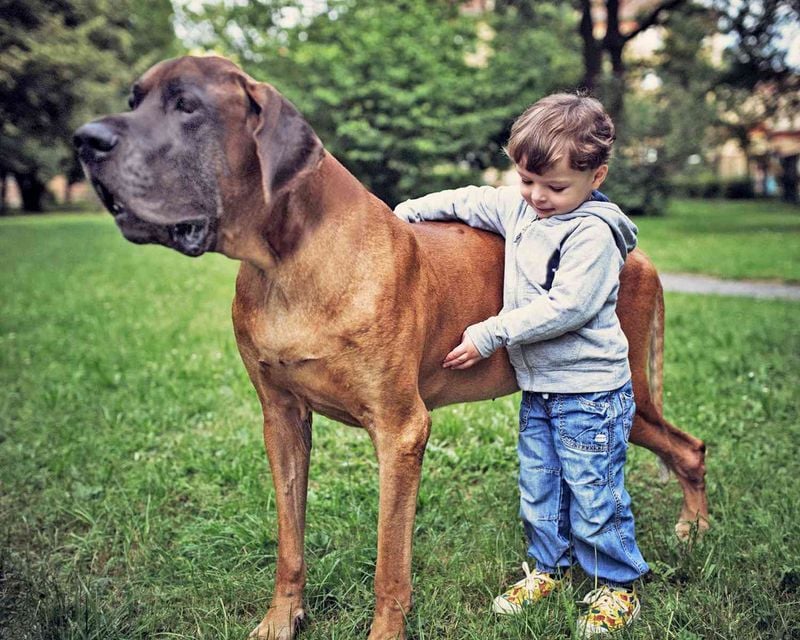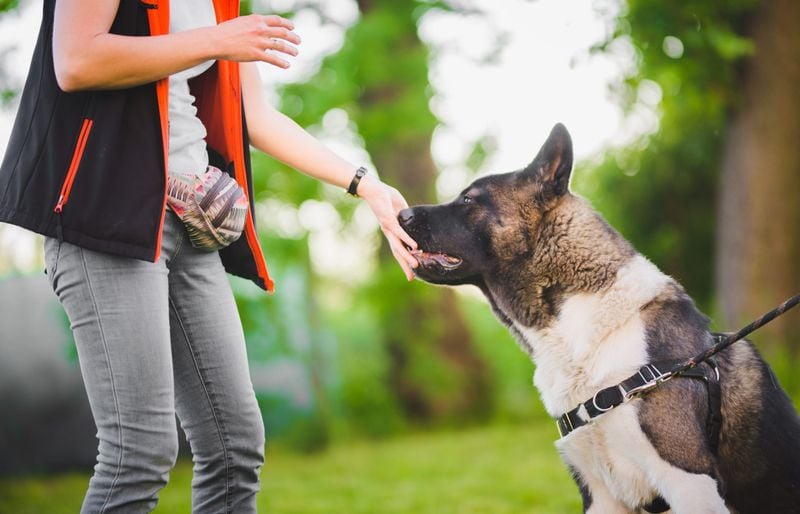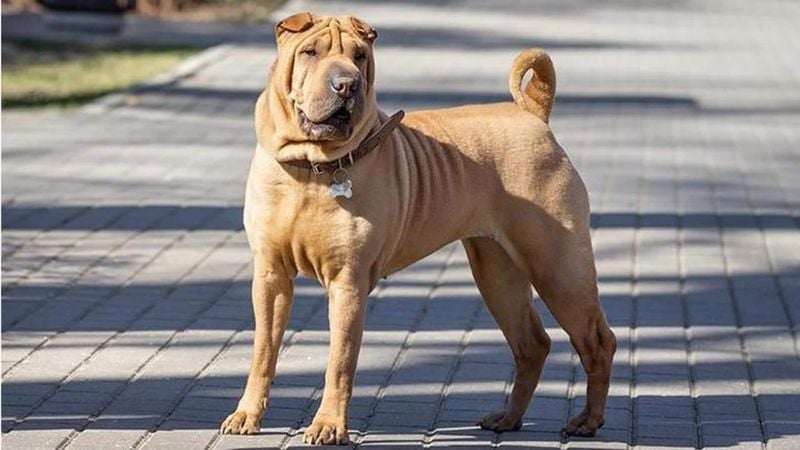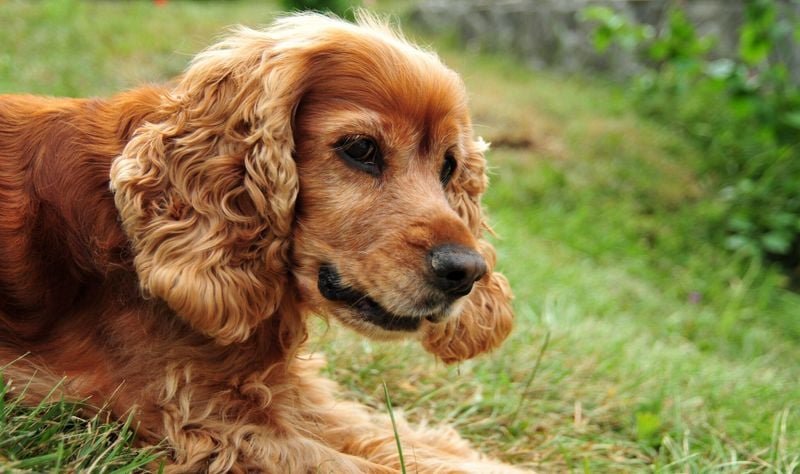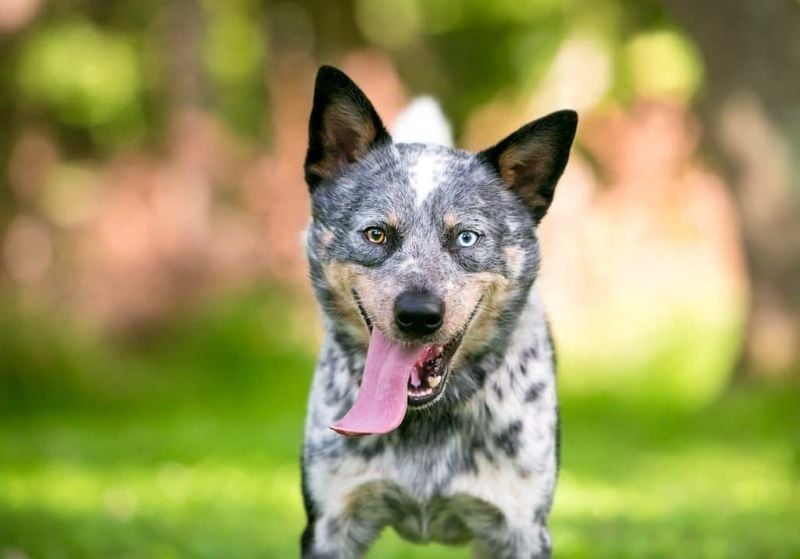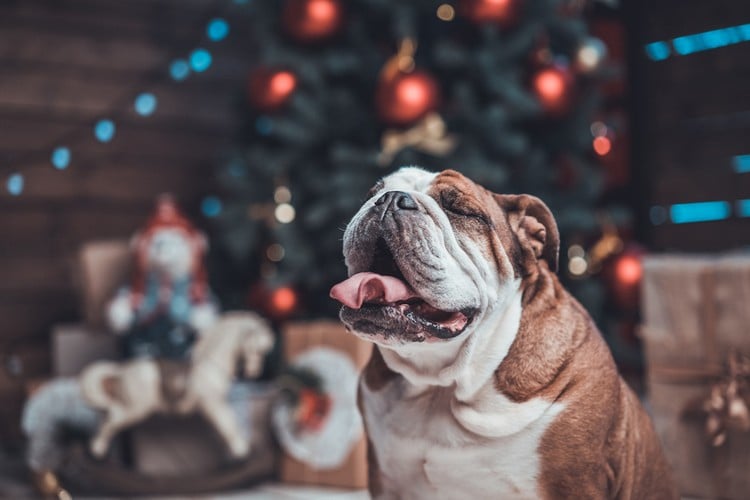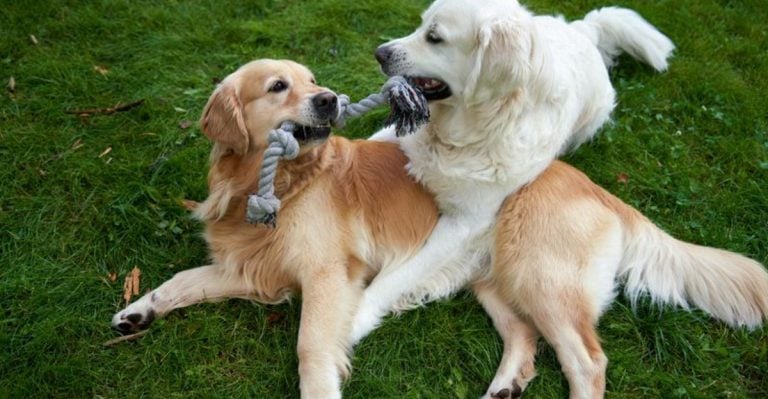15 Dog Breeds That Come With Additional Unexpected Challenges
We all know that wagging tails and floppy ears can be seriously persuasive. One look into those big, soulful puppy eyes, and suddenly you’re imagining long walks in the park, lazy Sunday cuddles, and a loyal companion who seems to read your mind.
But what if that adorable pup also comes with a laundry list of challenges no one warned you about? Here’s the truth: not all dog breeds are as straightforward as they seem.
Some come with quirks, health problems, or energy levels that can catch even experienced dog owners off guard.
Just because a dog looks cute in a viral video or fits into your apartment doesn’t mean it’s going to be smooth sailing from day one.
That’s where this list comes in. We’re diving into 15 dog breeds that often come with unexpected challenges.
Some might be prone to stubborn behavior. Others could have health conditions baked right into their DNA. A few are absolute geniuses—which sounds great until they figure out how to open your fridge.
This isn’t about scare tactics or telling you to avoid these breeds altogether. Every dog has its own unique magic, and with the right commitment and lifestyle fit, any of them can thrive.
But heading in with open eyes (and maybe a lint roller or two) can save you a world of frustration later.
Whether you’re a first-time dog owner or just thinking of adding a new furry friend to your pack, this list is here to help you choose wisely—and avoid surprises you didn’t sign up for.
1. Border Collie
Border Collies are often hailed as the smartest dogs in the world—and they know it. Their intelligence is matched only by their intense energy, which means they’re happiest when given a job to do.
Herding livestock? Perfect. Living in a quiet apartment with limited stimulation? Not so much.
Without enough mental and physical activity, Border Collies can become anxious, destructive, and even neurotic. They thrive in environments where their minds and bodies are constantly engaged.
So unless you’re planning to run agility courses on your lunch break, this breed might be more work than you bargained for.
2. French Bulldog
Their squishy faces and compact size have made Frenchies one of the trendiest breeds on the planet. But with that charm comes a host of health problems that can be both expensive and heartbreaking.
Due to their flat faces, French Bulldogs struggle with breathing issues and are prone to overheating, even in moderate weather.
They also often need costly surgeries for conditions like stenotic nares and elongated soft palates. Add in allergies and skin problems, and suddenly your “low-maintenance” lap dog needs its own medical chart.
3. Dalmatian
Dalmatians are stunning, especially with that sleek coat and iconic spots. But under that photogenic exterior lies a breed with some serious baggage. For starters, they’re notoriously stubborn and can be difficult to train without consistent, firm guidance.
They’re also genetically predisposed to deafness—up to 30% of Dalmatians are affected. On top of that, they have boundless energy and require far more exercise than the average owner might expect. Think marathon runner, not couch potato.
Left under-stimulated, a Dalmatian will find its own entertainment—usually at your house’s expense.
4. Shiba Inu
The Shiba Inu is like a cat in a dog’s body: proud, aloof, and fiercely independent. They’re ridiculously cute and often go viral online—but real-life ownership is far less filtered.
Training a Shiba can feel like negotiating with a tiny, fur-covered tyrant. They’re notoriously bad at recall and have a high prey drive, making off-leash play a no-go.
Many owners are shocked to learn just how stubborn and vocal these compact canines can be. That famous “Shiba scream”? It’s real—and it’s loud.
5. Chow Chow
Chow Chows look like giant stuffed animals, but beneath that plush exterior is a dog with a strong will and a mind of its own. They’re often described as cat-like, not just in appearance but in their aloof, sometimes standoffish behavior.
Chows tend to bond closely with one person and can be wary—or downright unfriendly—with strangers, children, or other pets. They require early and thorough socialization to avoid developing aggressive tendencies.
And let’s not forget the grooming: all that glorious fluff comes with year-round shedding and frequent brushing.
6. Siberian Husky
Siberian Huskies are stunning creatures that look like they were plucked straight from a snow-globe dream. But don’t be fooled by those icy-blue eyes—they’re high-energy escape artists with a mind of their own.
Originally bred to pull sleds across frozen tundras, Huskies need more exercise than most people can realistically provide.
They get bored easily, and when they do, say goodbye to your backyard fence, couch cushions, and possibly your sanity. They also tend to be vocal, opinionated, and incredibly stubborn.
7. Cavalier King Charles Spaniel
These elegant lap dogs are affectionate, cuddly, and great with families—but they’re heartbreakers in disguise. One of the biggest challenges with Cavaliers is their genetic predisposition to serious heart issues, particularly mitral valve disease.
Medical complications often start showing up while they’re still young, which means frequent vet visits and potentially costly treatments. Beyond that, they’re also prone to ear infections and eye conditions.
It’s easy to fall in love with their sweet nature and soulful eyes, but many owners don’t realize how emotionally and financially taxing their health problems can become.
8. Jack Russell Terrier
Small but mighty, Jack Russells pack more energy and confidence into their little bodies than most large breeds. They were bred to hunt and dig, and that instinct hasn’t faded with time.
This isn’t a breed for laid-back owners. Without plenty of physical exercise and mental stimulation, Jack Russells can become aggressive, destructive, or just plain annoying.
They’re also known for being relentless barkers. Don’t let their size fool you—these dogs are a full-time job with a tail.
9. Great Dane
Great Danes are gentle giants with hearts as big as their bodies—but so are the challenges that come with them. For starters, their sheer size means they need more space, food, and stronger furniture than most people expect.
They’re also prone to joint problems and bloat, a potentially fatal stomach condition that can strike suddenly.
Medical bills for Great Danes are rarely small, and their short lifespan is emotionally tough to face. They’re incredible companions, but owning one often feels like racing the clock against heartbreak.
10. Akita
Akitas are bold, loyal, and noble—but they’re also not for the faint of heart. These powerful dogs can be territorial and dominant, especially with other dogs of the same sex.
They require an experienced, confident owner who can establish boundaries early. Without proper training and socialization, Akitas can become aggressive or dangerously protective.
They’re also not the most expressive dogs—don’t expect goofy grins or constant tail wags. Owning an Akita can feel more like earning a stoic guardian’s respect than having a typical pet.
11. Shar Pei
With their deeply wrinkled skin and serious expression, Shar Peis look like ancient philosophers in dog form. But beneath that unique appearance are some frustrating surprises.
Their skin folds are prone to infection and require regular cleaning to prevent bacteria buildup.
They’re also known for eye issues like entropion, where the eyelids roll inward, causing constant irritation. Behaviorally, they’re often reserved and can be suspicious of strangers.
Without early and consistent socialization, a Shar Pei might lean more toward reactive than relaxed.
12. Cocker Spaniel
Cocker Spaniels are charming and soft-eared companions, but they can be emotional rollercoasters. This breed is known for its tendency toward fear-based aggression and anxiety, especially if poorly bred or socialized.
One lesser-known issue is “rage syndrome,” a rare but serious condition where the dog may suddenly snap with little warning.
On the physical side, their long, floppy ears are infection magnets, and regular grooming is non-negotiable. Their sweet face can mask a surprisingly high-maintenance pet.
13. Beagle
Beagles are cute, friendly, and built to follow their nose—sometimes to a fault. While their happy-go-lucky vibe is endearing, it also means they’re easily distracted, especially by scent trails you’ll never notice.
Training a Beagle can be frustrating, particularly off-leash. Once they catch a scent, they’re gone—and calling their name won’t cut it.
They’re also vocal, known for howling and baying, which isn’t ideal for apartment dwellers. Despite their small size, Beagles can be a handful of hound.
14. Australian Cattle Dog (Blue Heeler)
Blue Heelers are workaholics in fur coats. Originally bred to herd livestock across rough terrain, they’re intensely driven, smart, and not great at sitting still.
That laser-sharp focus can become a behavioral nightmare in homes that don’t provide proper outlets.
They often try to herd children, other pets, or even adults by nipping at heels—a trait that’s tough to train out.
Without a job to do, they get restless and destructive. These dogs need structure, challenge, and more than a few miles of walking each day.
15. Basenji
Known as the “barkless dog,” the Basenji might seem like a peaceful pet at first glance. But while they don’t bark, they do yodel—and loudly. These sleek little hunters are independent, mischievous, and hard to train.
They’re infamous for escaping yards and scaling fences, and they rarely listen once they’ve set their sights on a squirrel. Basenjis are also notoriously stubborn and dislike repetition, making obedience training a game of strategy.
This isn’t your average lap dog—it’s a cunning companion with a wild streak.


